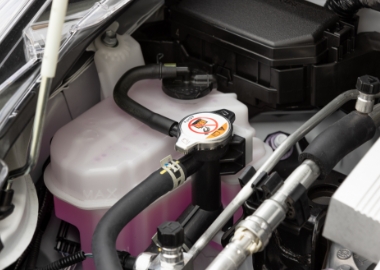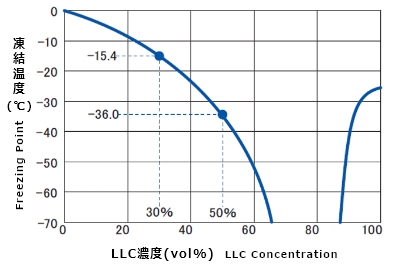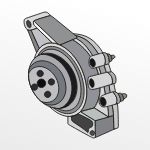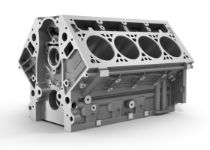Each auto maker has their own recommended time period or distance guideline for periodic coolant changes, so be sure to check the criteria for when to change your coolant.
For example, Auto Maker A has the following guidelines.
- SLCC
- First time: after 7 years or 160,000 km
Second and subsequent times: after 4 years or 80,000 km
*Whichever comes first












At Japanese automotive manufacturers, most are red or green.
At Japanese automotive manufacturers, most are pink or blue.